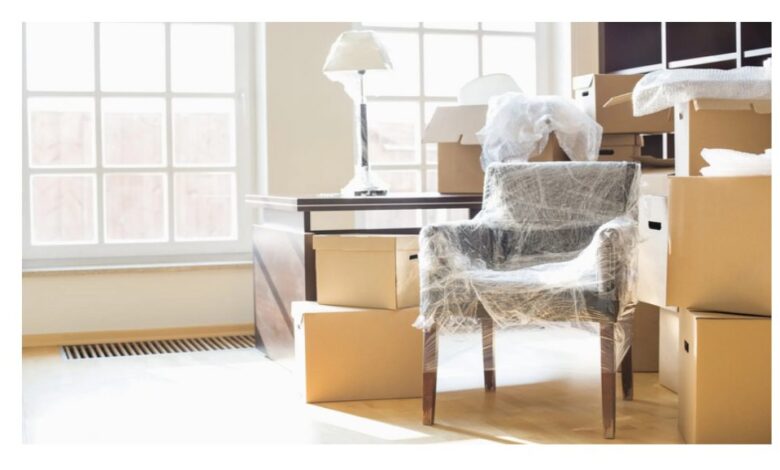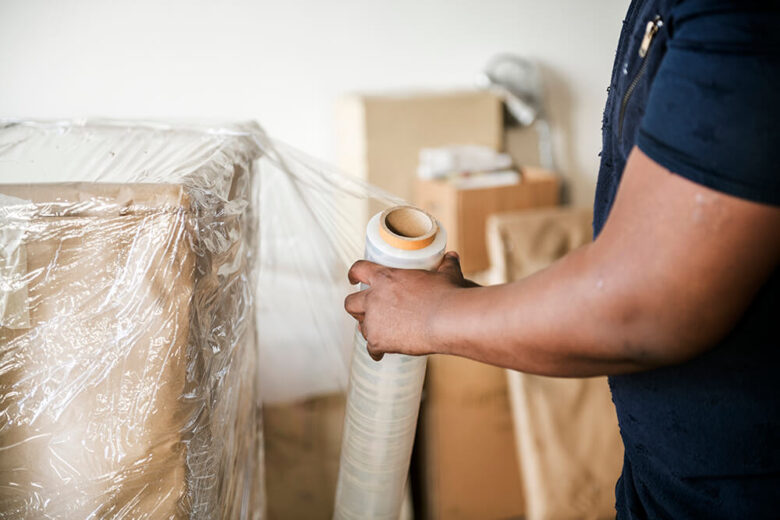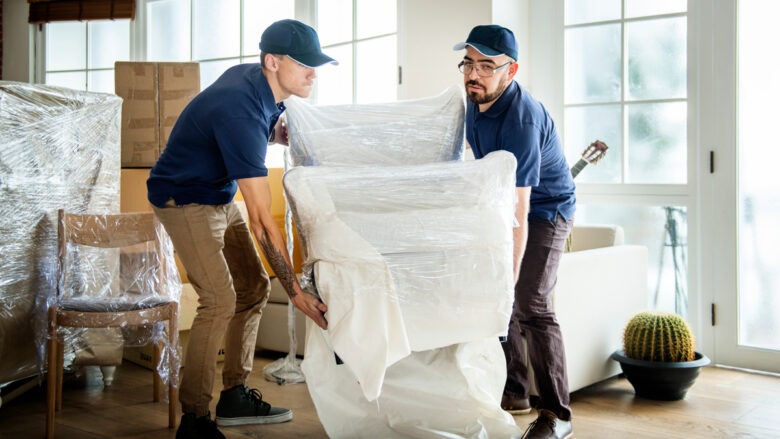Do’s and Don’Ts When Packing Furniture for Moving

Ever wondered what the secret to a stress-free move is? It starts with how you pack your furniture. Protecting these valuable items is crucial during a move as one of the most significant investments. With improper packing, a seemingly straightforward moving day can quickly become a disaster.
This is where the expertise of commercial moving services becomes invaluable. If you’re planning for a big move, especially in a bustling city like New York, then support from professionals can make all the difference. Don’t hesitate to visit this site and explore the reliable, top-quality commercial moving in New York City offers.
Read this guide to know the do’s and don’ts of packing the furniture while moving to ensure it is safe and intact.
Do’s While Packing Furniture For Moving

When planning to move and pack the furniture, one should consider a few things. These points will ensure the packed things are scratch-free and safe in transit.
Here are the top things to consider:
-
Properly Plan The Entire Process
Start with planning the packaging. One must generate a comprehensive checklist of all furnishing pieces. This checklist will facilitate decisions on which to take and which to leave behind for sale or donation.
-
Ensure Precise Measurements
Measuring larger furniture ensures their successful navigation through corners, doors, and hallways. This step is vital to prevent any unwanted damage during the moving process.
-
Inspect Everything Pre-Move
Conducting a thorough examination of each piece for existing damage is crucial. This knowledge allows a more informed decision on which items to move and which to replace.
-
Clean Furniture Before Starting
Before packing, clean each piece of furniture to remove dirt, dust, and any rough particulates that may tarnish surfaces during the move. This will ensure safety as well.
-
Arrange All Packaging Material Needed
While packing, one will need multiple packaging materials, so keeping it all in one place is important. Having furniture blankets, shrink wrap, soft packing paper, bubble wrap, protective layers of cardboard, and packing tape in hand will simplify the process.
-
Pack Fastening Material Separate

It’s easy to lose small fastening elements like screws, bolts, and nuts during disassembly. These should be kept in sealable plastic bags, ensuring their availability for reassembly at the new location.
-
Strategic Disassembly Planning
Disassembling larger furniture facilitates more accessible and safer moving. Items like bed frames, dining tables, and armoires can often be broken down into smaller, more manageable pieces.
-
Protect The Corners
The sharp or extended corners are particularly prone to damage. Protect these with thick corrugated cardboard and secure them with shrink wrap to prevent impacts during transit.
-
Secure The Movable Parts
Movable parts like doors, drawers, and panels could open during transit. To avoid this, secure these elements with twine or stretch wrap to ensure they remain in place.
-
Removing Glass Elements
All glass elements should be detached from the furniture and wrapped separately in thick packaging or blankets for protection. Pack it securely to avoid breakage while in transit if it cannot be removed.
While these are prime things to consider while packing the furniture, there are a few things that one should definitely avoid. So, now let us look at the top things one should avoid.
Don’t When Packing Furniture For Moving

Just like it’s important to know what to do, it’s equally important to know what not to do. With these don’ts in mind, it’s essential to understand that every piece of furniture requires unique attention and care during packing and moving.
The ultimate aim is to ensure the valuables reach their destination without damage. So, here are prime things to avoid:
-
Leave Unnecessary Items
Don’t pack items that have outlived their usefulness. Transferring old, damaged, or obsolete ones only adds to the overall expenses and efforts without adding value.
-
Starting Without Supplies
Never commence packing without having all the necessary supplies. Secure packaging materials like stretch wrap, bubble wrap, furniture blankets, and packing paper in advance to prevent disruption. Also, compromising the quality should be avoided at all costs.
-
Packing Dirty Furniture
Packing dusty or dirty furniture may cause damage due to abrasive particles. This can damage the packed pieces and make it hard to make them stain-free later on.
-
Misuse of Packaging Materials
Avoid using packing tape or bubble wrap directly on delicate surfaces. Such a practice may harm the look and finish of the pieces under consideration. Instead, a layer of soft packing paper followed by these materials ensures better protection.
-
Ignoring The Measurements
Don’t leave large furniture items assembled without taking proper measurements. Ensure they can comfortably navigate through all the doors, spaces, and corridors along the transit route.
-
Leaving Furniture Unprotected
When it comes to moving, leaving substantial areas of the furniture unprotected can result in unnecessary damage. This negligence can lead to scratches, dents, or more severe damage during transit.
-
Rushing the Process
Take your time with packing, particularly when dealing with valuable or antique ones. It’s always wise to consider if professional help might be a better option to safeguard all prized possessions.
-
Ignoring Fragile Elements
Don’t overlook the delicate parts fitted or carved on them. Glass elements, delicate carvings, and attachments need special care. Remove them if possible, pack them separately, and mark the packages as fragile to prevent any breakages or losses during the move.
Conclusion

Furniture is no doubt a prized possession. Everyone gives quite a lot of thought while buying it to ensure its functionality and aesthetic appeal. So, when it comes to moving the furnishings, it becomes important that everything is considered. The key is to approach the process with patience and care.
Knowing the right things to follow and avoid ensures that you pack the furniture in the best possible manner. Also, taking support of the commercial packing and moving facilities will reduce the chances of damage to furniture to a great extent. Ultimately, the goal is not just to move but to move without loss or damage.
